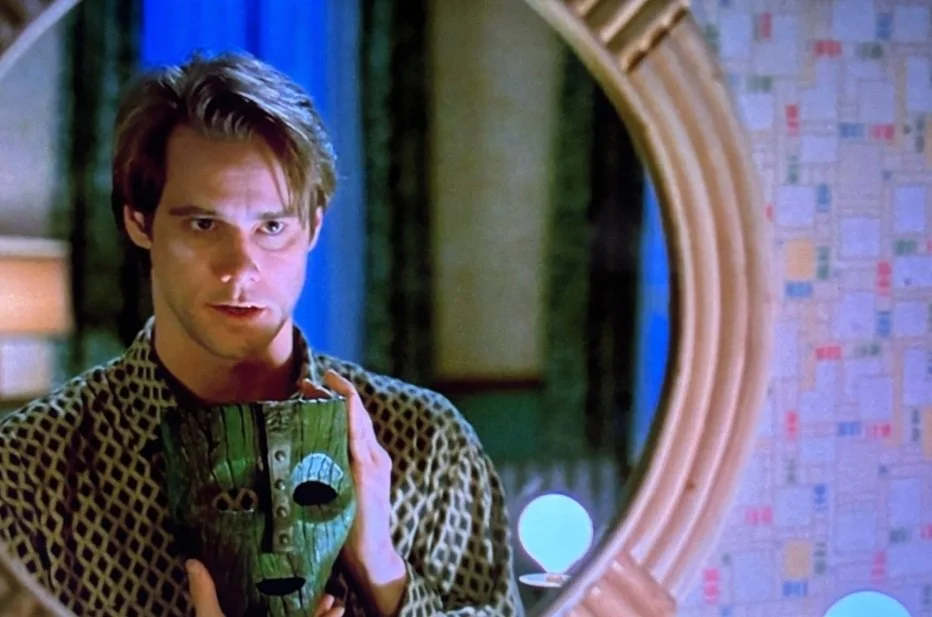Join me and fellow therapist, Ibinye Osibodu-Onyali, as we chat about toxic relationships, couples counseling, therapy for Christians, and the misconceptions of therapy.
Power of Perspective: Cycle or Spiral?
You may feel sometimes like you’re going in circles - expending so much energy, time, and resources to change, only to find yourself in the same place all over again. As more time goes on, you feel like the future is bleak - what’s the point of trying, if it’s going to be the same? Perhaps what’s the issue is not what’s happening but how you perceive what’s happening. What if you ARE actually changing?













